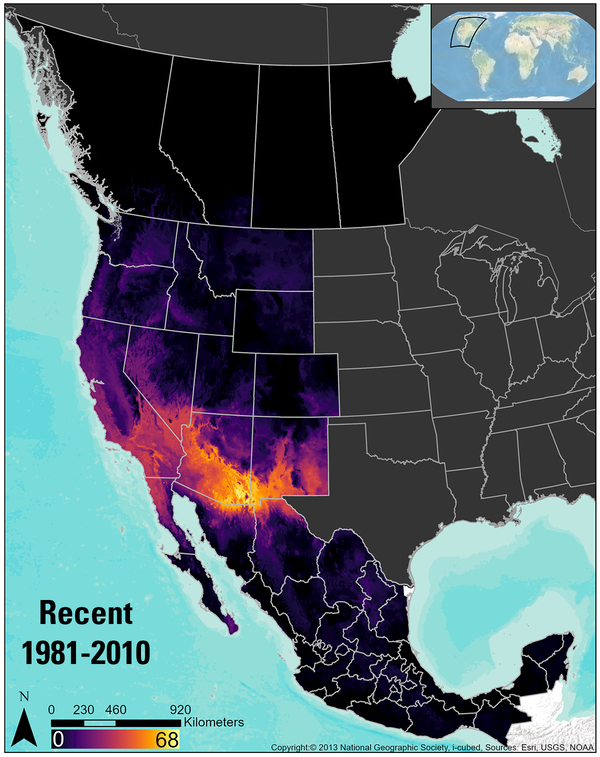My research focuses on how stochastic and anthropogenic disturbances influence species, communities, and habitats. I am interested in how these interactions can affect the outcome of management actions such as habitat restoration or exotic species removal efforts. My experience is in modeling species-habitat relationships, interspecific interactions, habitat connectivity, climate suitability, and in using multivariate approaches to assess community structure and composition. Much of my work has focused on the effects of landscape-scale disturbance or restoration on patch-scale community structure and composition in forest and sagebrush ecosystems. I have worked in several biomes and community types of western North America including studies in alpine lakes and meadows, coniferous forests, riparian forests, mountain streams, sagebrush shrublands, and grasslands. In these systems, I have studied communities of plants, biotic soil crusts, aquatic and terrestrial invertebrates, amphibians, reptiles, salmonids, birds, small mammals, and ungulate mammals.









